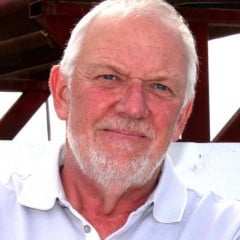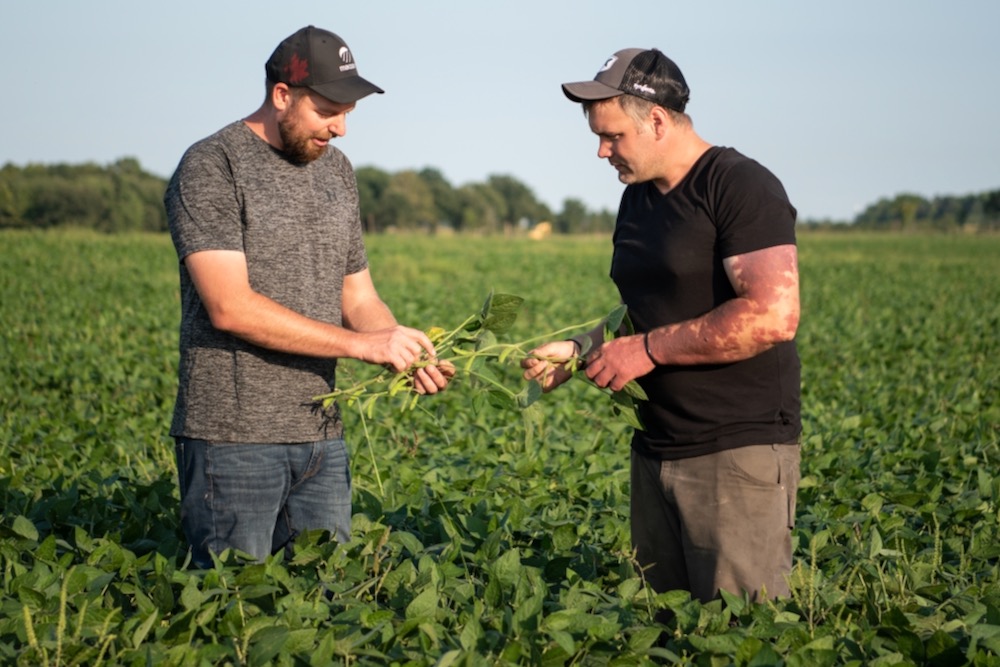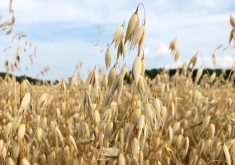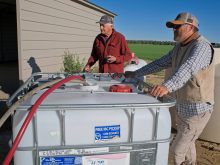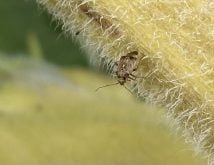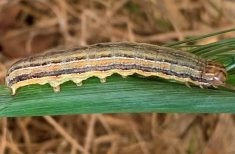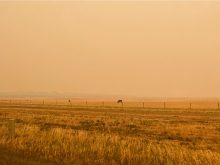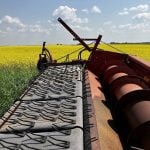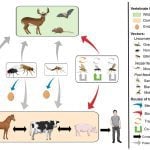Watching for and developing diversification opportunities is certainly an important part of how partners DJ Wassenaar and Matt Bergman built their farm businesses in Ontario.
Growing up on their respective farms in southwestern Ontario, they both started farm businesses at an early age. DJ grew up on a beef operation and started a custom farming business, while Matt grew up on a dairy farm and started farming on his own at age 23.
“In about 2015 we partnered on DJ’s custom farming business and ran that for about four years,” Matt says. “In 2019 we sold it and used the money to start our own farm, producing and selling hay.”
Read Also

Made-in-Manitoba sunflower hybrid headed to market
Manitoba’s confection sunflower growers will have a new seed option next spring developed specifically for performance in the province. The…
Over the years, they established Haybury Farms Inc., bought land and expanded the farming operation that today involves about 4,200 acres in two locations: they produce organic crops on farmland near their home territory at Jarvis, known as Claybank Organics, and conventional cash crops on another farm in the Algoma district of northern Ontario.
In the past couple of years, they found another diversification opportunity: once the cropping season is done, they put farm tractors and other equipment to work in winter clearing snow in local municipalities.
As they each use their strengths to run and manage the farm business — Matt manages and makes most of the crop input decisions, while DJ handles sales and customer relations and is constantly chasing new opportunities — their business success earned them recognition earlier this year as Ontario’s Outstanding Young Farmers for 2024.
“We started out in 2018 with about 500 acres of rented land and have built things from there,” Matt says. Since they owned equipment from their custom farming days, they started out growing and selling hay.
To optimize hay production, they take 10 to 12 cuts off each hay stand — that’s over a period of three to five seasons — then rotate that land into other crops before reseeding forages.
As DJ and Matt looked at ways to best manage and optimize profit per acre, they considered using row crops in rotation with hay, also looking at the potential to produce organically grown row crops. The production practices used on the hayland made it fairly easy to transition the farm into organic crop production.
They started with 25 acres of organic corn as a trial, to see if it worked on their soil type and if they could manage and handle the extra workload. With good success, that was followed by growing identity-preserved organic soybeans, which further improved profit margins. They were soon able to buy their own land and increase production to include organic corn and soybean in their rotation. That led to the creation of Claybank Organics.

In 2021 they expanded into northern Ontario’s Algoma district, purchasing a farm to grow straight timothy hay for overseas customers.
“We bought land in the Algoma district as farmland there is more affordable than in the Jarvis area,” says Matt. “And it also helped with risk management, by being able to produce crops in a different environment.”
Today they farm about 4,200 acres in total, which includes about 2,800 acres of organic corn, soybeans and hay as Claybank Organics. And in the Algoma district they crop 1,400 to 1,500 acres including hay, grain and soybeans in rotation, all produced under conventional cropping practices. As fields get “cleaned up” this fall, for example, they seeded winter wheat and may seed oats and canola in 2025.
Along with farming activities, about three years ago they created Winfield Contracting using farm tractors and other powered equipment to clear snow in several municipalities in the Jarvis area. “It’s been a big help to provide cash flow during the off season,” Matt says.
The farming partners say they are always open to new opportunities but have no immediate plans to crop more acres.
“We’ve had a fair bit of growth in recent years,” Matt says. “So in the near future the focus is just to continue with what we have and look for ways to fine-tune and improve production efficiency.”

